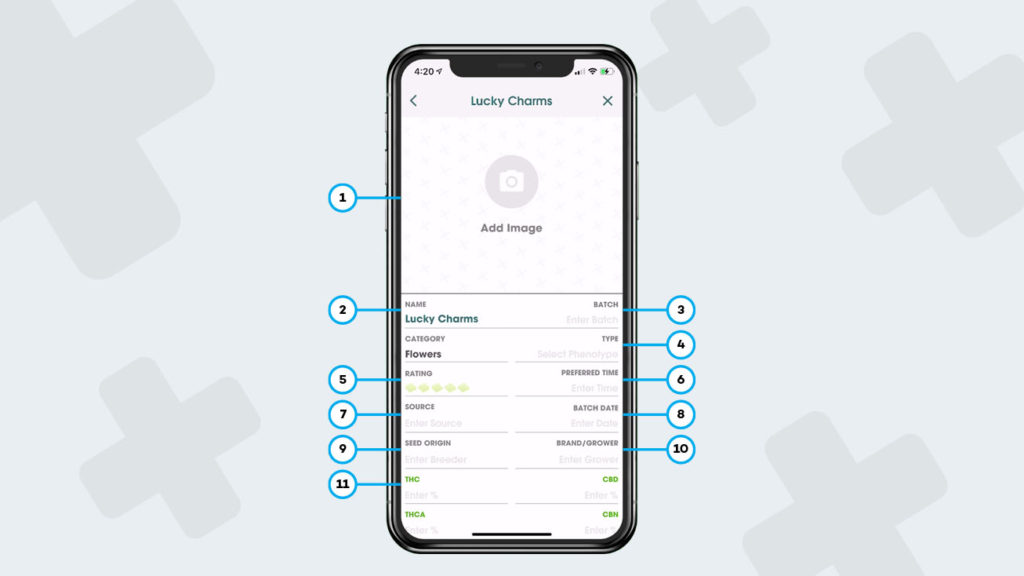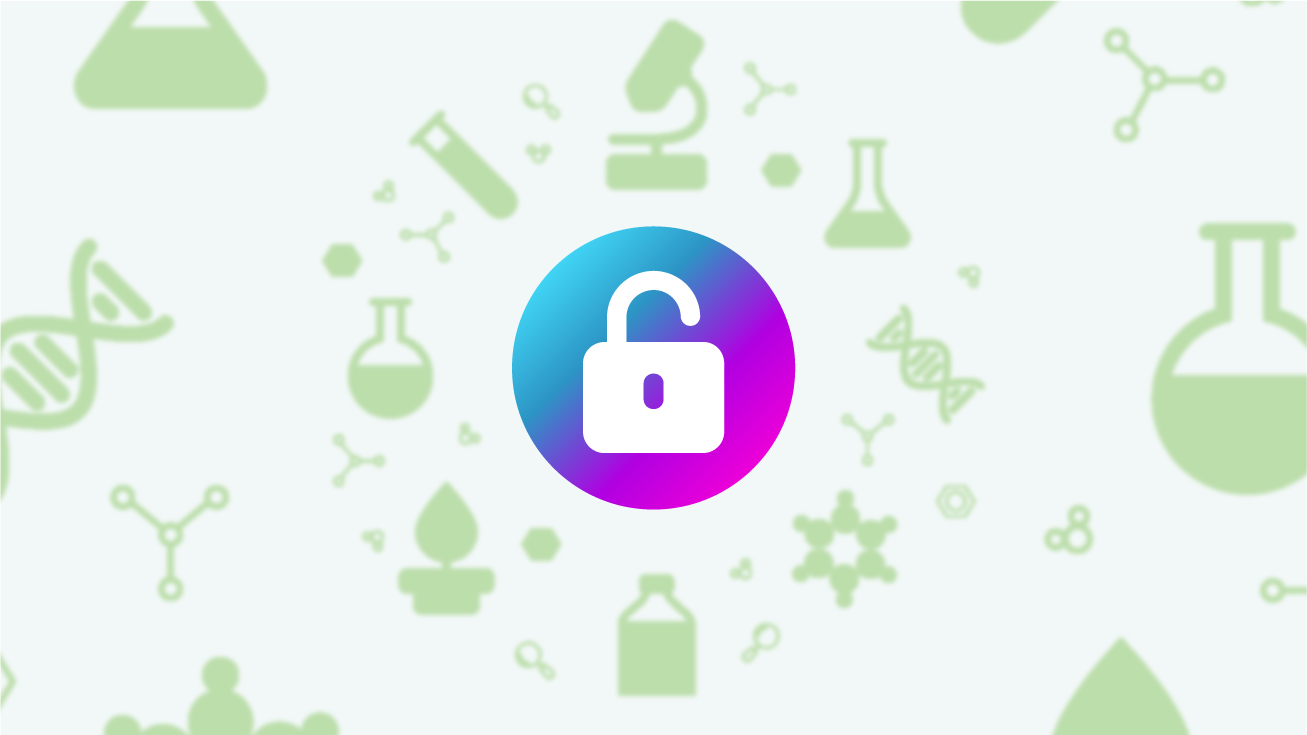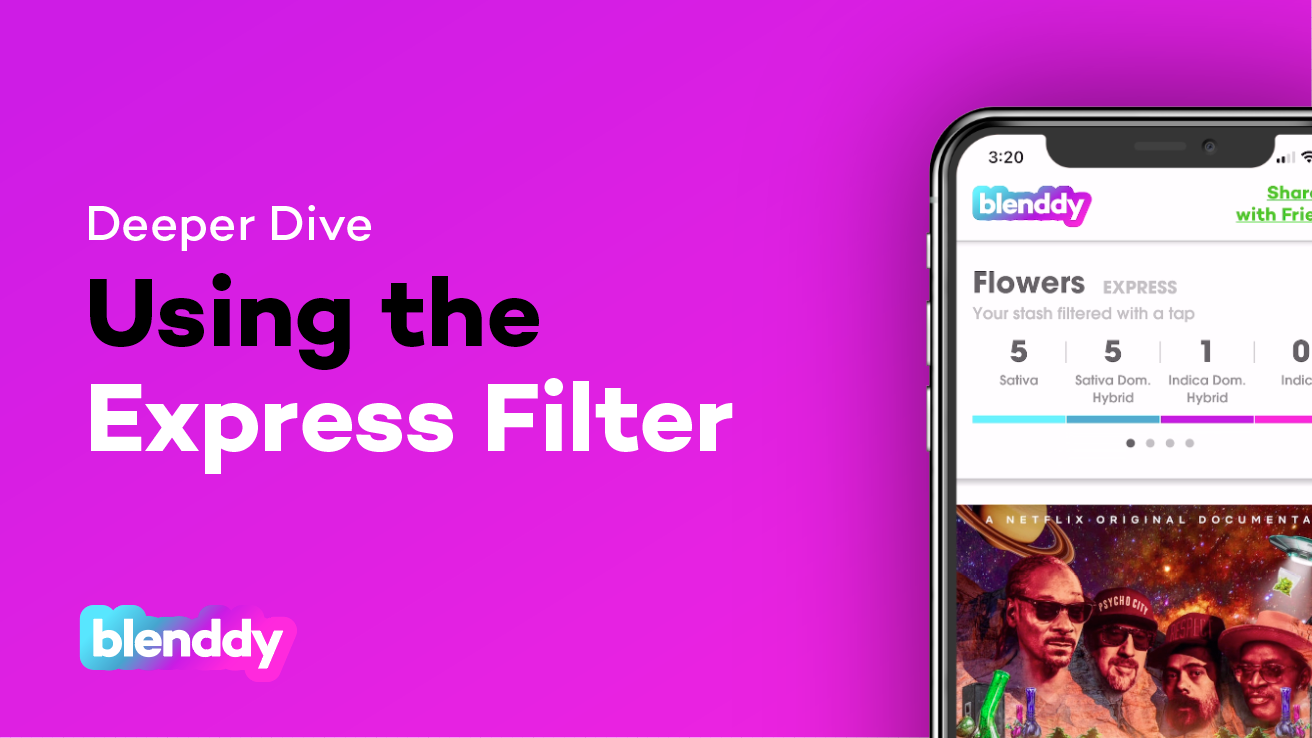Are you feeling overwhelmed by all the scientific cannabis jargon? With over a hundred compounds in each plant, understanding cannabis can be more than a little daunting. However, by breaking down and understanding strain details, you’ll begin to learn what does and doesn’t work for you.
Now it’s not required to know strain details when consuming. Blenddy’s Session Log can help you master use of your strain all by itself. But to make better informed purchases, knowing your strain’s information dramatically improves your buying results. It’s also useful for honing in on product qualities you love.
We’ve assembled information about each Strain Detail tab within Blenddy along with how to apply them. As you read through this, remember that cannabis plants are unique down to the batch, so treat each independently. If you don’t know what strain details in Blenddy are, start here instead.

1. Photo
If you ever get lost among the sea of jars in your stash, tagging pictures to a product helps you visually identify what to use. The image can also store images of your buds, macros of your trichomes, and experiences you have with your product. Knowing what product delivered a good experience often leads to even better experiences. So capture your favorite moments with a quick snap and sesh on!
2. Strain Name
Perhaps the most intriguing part of buying cannabis resides in the name. They come in eargasmic terms such as Skywalker OG, Blue Dream, and White Widow. Growers, or strain hunters, earn the privilege to name any new strain combinations unique to the industry. These names often refer to their creation’s qualities. Some allude to their lineage, which can be geographic like Thai, or parental. For instance, Skywalker OG came from Skywalker X OG Kush.
In essence, creative cannabis names was Street Branding 101, and helped to differentiate one bag of cannabis to another. These sample names we’ve highlighted are termed cultivars, short for cultivated varieties.
At the store, the strain’s name on product packaging represents a cultivar. Likewise, when you track by strain name in Blenddy, you are tracking a cultivar. Just as plants vary from one to another, cultivars are unique in their potency, making it important to track by batch.
3. Batch
To date, testing labs have identified 483 compounds in cannabis plants, which are unique to each batch. Your current jar of Blue Dream will differ from Blue Dream six months from now, even though the same grower created it. Batch helps you differentiate multiples of the same name. Creating distinct Entries within Blenddy gives a clear way to track batch specific dosages and effects.
4. (Pheno)Type
All cultivars are sub-categorized by pheno(Type). A plant’s phenotype can change depending on growing techniques, harvest times, cure length, and trimming style as they all play a part in how trichomes and compounds develop. These variations cause differences in potency and effects. For example, two bags of Blue Dream can vary in Phenotype and effects.
The main phenotype categories are Sativa, Sativa Dominant, Hybrid, Indica Dominant, and Indica. Because segmentation can be subjective, many in the industry are favoring a move away from phenotype to a more scientific approach called chemovars.
Use Phenotype to sort your stash based on a product’s labeling or when making consumption decisions.
5. Rating
Rating a single product is self-explanatory, but having a bird’s-eye view of your likes and dislikes can show a different perspective. Here are some scenarios to consider:
- You might have thought you loved indicas, but your most positive ratings have been indica hybrids
- You’ll reach for 30%+ THC chemovars, but discover mid-teens to perform better
- Blue Dream is your go-to but come to find Wedding Cake is even more awesome
- Limonene was described for creativity but other terpene combinations give better results
As you see, ratings are more applicable with your data on top of it. They’ll give you insights into your consumption to help your future purchases.
6. Preferred Time
Our life schedules and activities dictate our decisions. Depending on what you’re treating, you might observe your consumption routine forming. After all, 4:20 was always in the afternoon. As your stash gets larger, scanning it takes longer. Pairing a time of day shortens your decision-making process. If you prefer a Sativa in the AM, you’ll be able to show only those choices, or rather a nice sedative Indica for nighttime.
7. Source
Where you bought your product, someone generally curates the items. At a dispensary, a Buyer controls what gets offered. Often this is based on in-house preferences. When you find product from a store you like, other products from them might fit you too, especially if enjoy more than one of their cultivars.
8. Batch Date
The batch date is synonomous with a product’s harvest date. Just like your groceries, products will degrade over time. Just as foods lose freshness, cannabis compounds chemically change. For instance CBD, which is an analgesic, converts to CBN over time. CBN can make you sleepy. So the longer you store your product, the sleepier it can make you!
This explains why old cannabis makes you drowsy and tired. Save this one for bedtime or mitigate the sleepy effects by modifying the temperature when consuming. Knowing how old your batch is can help you make these adjustments.
9. Seed Origin
Seed breeders elevate the cannabis game by curating qualities for great experiences. They can produce high yield grows or more nuanced and balanced effects.
We’re often fond of single-source cannabis strains because they highlight unique characteristics. But don’t be shy about blendding things together if you don’t find what you need.
10. Brand/Grower
Growers are cannabis farmers. They each have their own production processes. It’s good to be informed on how they do in the marketplace. If you’ve highly rated cultivars from the same brand, you just might have the same tastes as their master grower.
11. Potency – Cannabinoids & Terpenoids
Of all the strain details, potency is arguably the most complicated. A trifecta of factors defines a plant’s chemical makeup. Each batch is unique and is what we refer to as Chemovars. The cannabis industry created the term Chemovar to address batch-level product differences. These differences cause large fluctuations in effects, which is why we’re advocates of dosage tracking using Blenddy’s Session Log.
A chemovar’s potency numbers come from testing labs. When consuming, potency helps you ballpark its strength from these three groupings:
- Cannabinoids are a group of compounds which include THC, THCA, CBD, and CBN. Others exist, but regulations focus primarily on these.
- Terpenes are naturally occurring chemical compounds responsible for a plant’s aroma and flavor. There are over twenty primary types in cannabis that work synergistically with cannabinoids.
- Flavinoids play a role in the flavor of cannabis. These are less understood today in cannabis’ synergistic effect. Hopefully in the near future, we’ll be able to understand the role they play.
As you see, there’s a lot (an entourage) of things going on to produce effects. It’s a misconception to only highlight THC/CBD from one product to another, which explains why so many different chemovars and cultivars have such varied effects. We encourage you to learn about the terpenoids that exist in cultivars you love, so you can begin to find the best products for you.
Applying Strain Details into the Decision Making Process
By recording and breaking down your strain details into useful information, you can make better smoking and buying decisions. Most of all, become empowered to purchase something not because it has a catchy name or has a high THC potentcy, but because you know what you want as a Perfect High.



